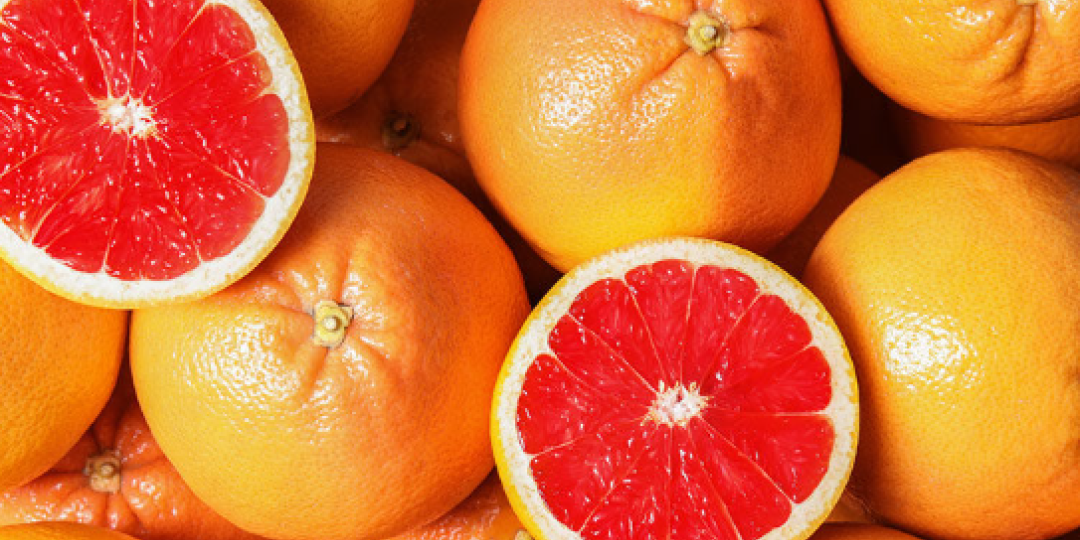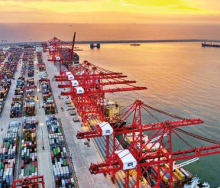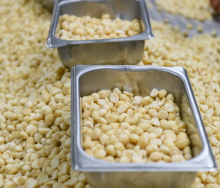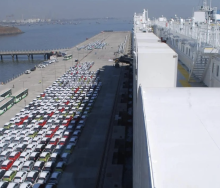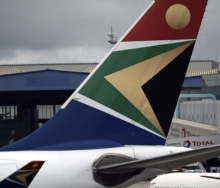Reduced fruit size, climate conditions affecting colour development and increased demand from the fruit-juicing industry, bolstered by good prices, caused lower-than-expected volumes of South African grapefruit being packed for export markets.
Although 17-kilogram equivalent boxes were initially projected to number about 14.8 million cartons, which would have been a 14% increase on last year’s tally of 13 million cartons, the current season’s final packed volumes came to 12.7 million.
“It’s almost 14% below the estimate,” said Justin Chadwick, chief executive of the Citrus Growers Association (CGA).
“The reduction was due to a number of unforeseeable factors – such as small fruit size, colour development challenges, and favourable local juice prices,” he said.
Chadwick emphasised that bullish projections made in March had been based on “the recovery from the dry conditions experienced in the northern areas in previous years”.
The biggest contributor to lower volumes was Letsitele, where four million cartons were packed, 20% below the volume initially estimated.
Chadwick said Hoedspruit, at 3.3m cartons, was 12% below the estimate, while Onderberg (Komatipoort-Malelane area) at 1.6m was 16% below the estimate.
Regarding markets for South African grapefruit, Chadwick said the EU remained the largest market for local exports – importing some 83 000 tonnes.
“China's grapefruit imports from SA have increased from 34 000 tonnes in 2023 to 36 000 in 2024. This increase is mostly attributed to the higher percentage of PP (“Premium Product”) grade fruit exported to China.
“Russian imports also increased from 20 000 tonnes to 22 000 tonnes, just ahead of Japan (19 000 tonnes in 2024). The USA (10 000 tonnes) rounds up the top five markets.”
